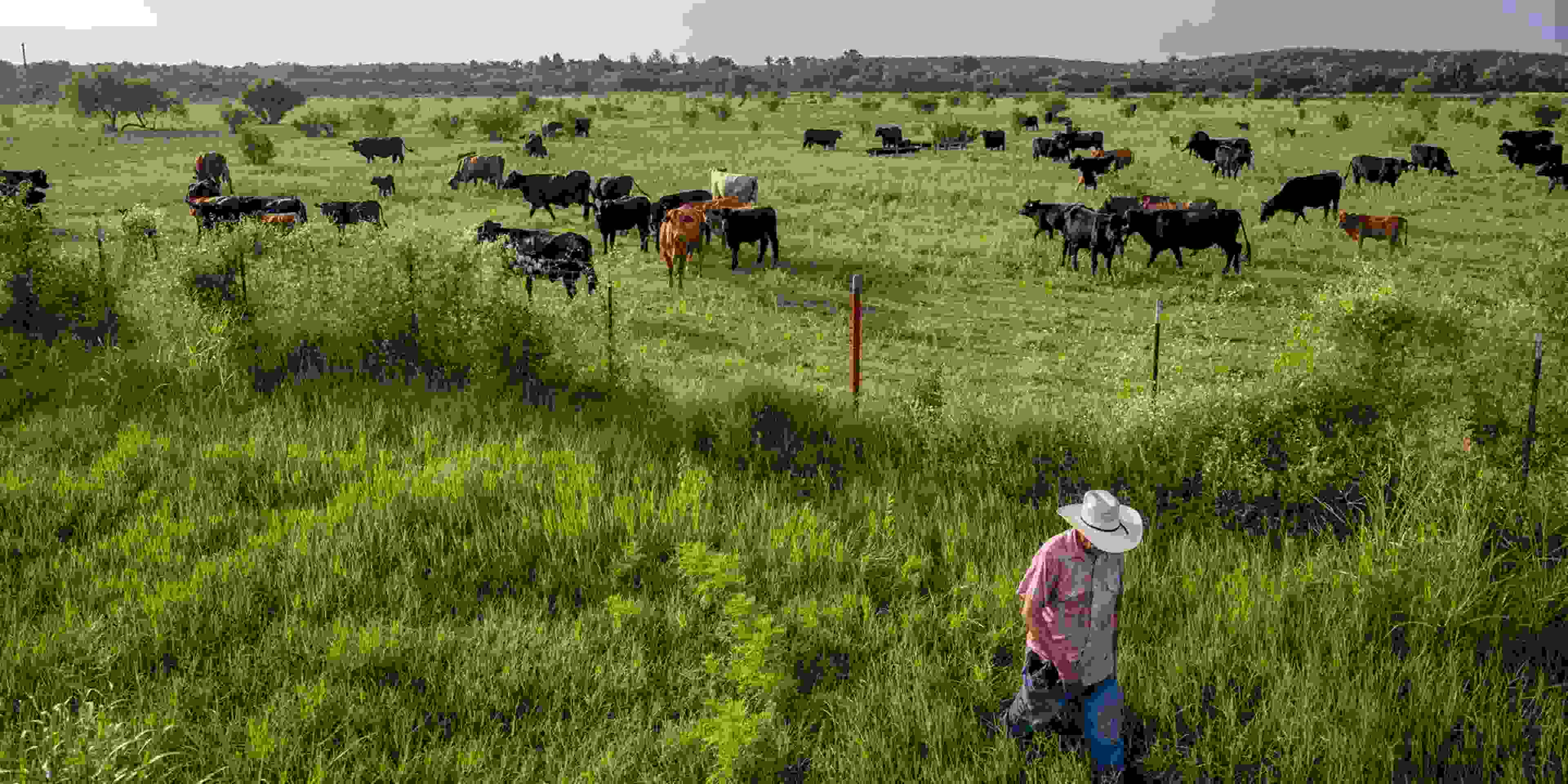Greenland, the world’s largest island, is a place of stunning natural beauty, extreme weather, and a unique way of life. Located between the Arctic and Atlantic Oceans, Greenland is part of the Kingdom of Denmark but has its own distinct culture, traditions, and identity.
Geography and Climate
Greenland is famous for its vast ice sheet, which covers about 80% of the island. The climate is Arctic to sub-Arctic, with long, cold winters and short, cool summers. In some regions, midnight sun and polar nights define the rhythm of life, influencing everything from work hours to leisure activities.
Population and Communities
With a population of around 56,000 people, Greenland is one of the least densely populated places on Earth. Most residents live along the ice-free coastline in towns such as Nuuk (the capital), Ilulissat, and Sisimiut. Inuit culture remains strong, and Greenlandic (Kalaallisut) is the official language, alongside Danish.
Culture and Traditions
Greenlandic culture blends ancient Inuit traditions with modern Scandinavian influences. Hunting and fishing are still important for food and livelihood, especially in remote communities. Traditional clothing made from animal skins, dog sledding, and storytelling are part of the cultural heritage. Festivals such as National Day on June 21 and Nuuk Snow Festival celebrate the island’s identity.
Daily Life
Life in Greenland is shaped by the environment. In winter, people travel by snowmobiles or dog sleds, while boats are the main transportation in summer. Supermarkets offer imported goods, but local dishes like suaasat (seal soup), mattak (whale skin and blubber), and fresh fish are staples. Modern homes have heating systems to combat the cold, and many communities are tight-knit, valuing cooperation and resilience.
Economy and Work
Fishing is Greenland’s main industry, particularly shrimp and halibut exports. Tourism is growing, with visitors drawn to icebergs, fjords, and the Northern Lights. Mining for rare minerals and climate research also contribute to the economy.
Challenges and Future
Climate change is both a challenge and an opportunity for Greenland. Melting ice impacts wildlife and traditional hunting, but also opens new possibilities for shipping routes and resource exploration. The people of Greenland are adapting while preserving their cultural heritage.
Conclusion
Life in Greenland is unlike anywhere else on Earth — a balance between tradition and modernity, isolation and connection, harsh conditions and breathtaking beauty. Whether through its stunning landscapes, rich Inuit heritage, or resilient communities, Greenland offers a fascinating insight into life at the edge of the Arctic.
